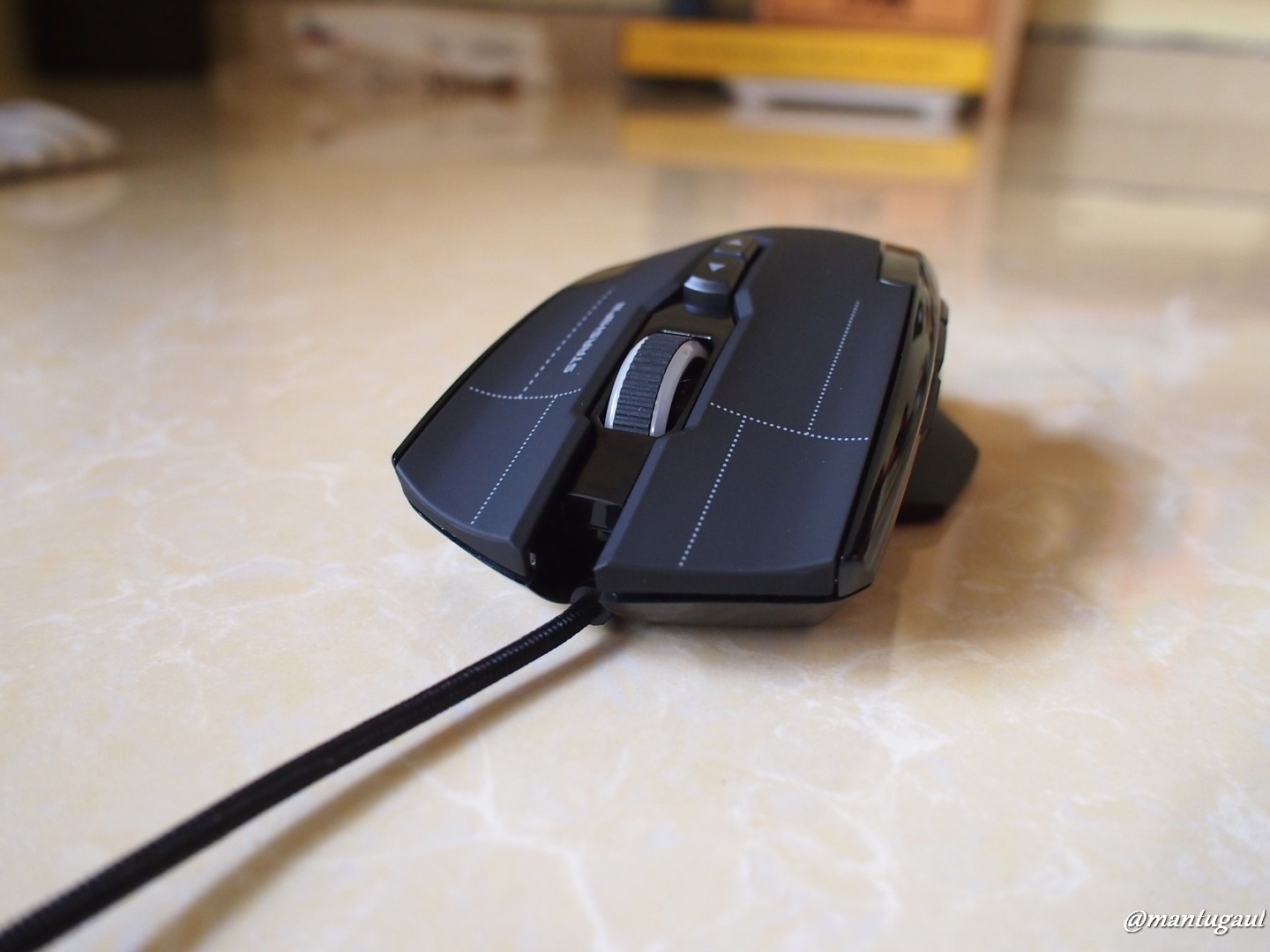

As a result, we’ve highlighted whether these small mice have RGB or not – but it didn’t play into our factoring when decided on which product was best. Nearly every piece of gear on the market today has built-in RGB.

Most gamers don’t actually play with a DPI of anything higher than 1,500 (and even that’s on the very high side) but as it’s something a lot of people are looking for, we included it anyway.ĭon’t put too much emphasis on how high the DPI number is though – if it’s already in the thousands, you’re good. The higher the DPI, the more sensitivity the mouse can technically offer. DPIĭots-per-inch or DPI refers to the number of movement points the sensor can detect and act upon per inch. Many manufacturers make their own sensors or have exclusive sensors, so we’ve listed the sensor each mouse is using alongside their product description. From the in-depth research, we didn’t manage to find any worthy laser gaming mice, and as a result, we didn’t include any. Modern-day gaming mice host one of two types of sensors – optical or laser. If a mouse was wireless then we made sure to go for 2.4Ghz options and if it was wired then we looked to prioritize those with a paracord cable where possible. Connectivity TypeĪs there is a pretty decent demand for both wireless and wired mice, we made sure to include a fair number of both. Mice that fell outside of the small and medium hand size ranges, as laid out in the aforementioned table, would be excluded. To find the most suitable mice for this guide and review, the first aspect of any mouse we came across that we considered was the size. To pick the gaming mice you’ll see today, we considered each model’s: Size


 0 kommentar(er)
0 kommentar(er)
